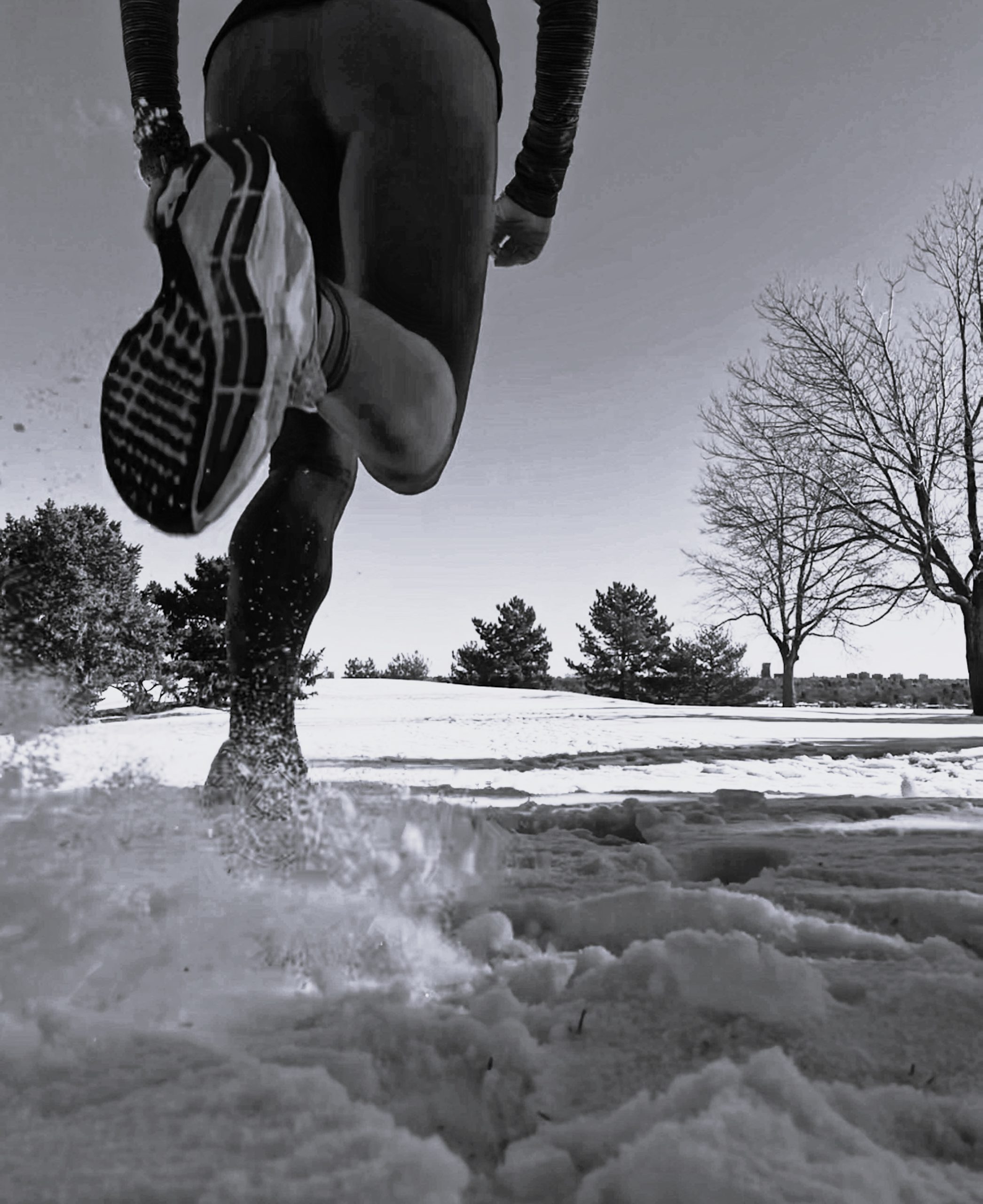
28 Jan Running Form: Heel Recovery
Your Denver area running coach here! Let’s talk HEEL RECOVERY.
Have you ever been watching a race – whether on television or live at the track – and you’ve found yourself commenting, “wow! Look at their stride! Their heel is almost touching their butt! They look so smooth!”
I know I have. So, I wanted to quickly touch on what that means, and why it’s important.
1. A high heel recovery = strong hamstrings. Strong hamstrings reduce the load placed on your hip flexors.
2. A lower heel recovery = hip flexor dominance, placing more strain and demand on the hip flexors. This can result in more tension throughout the IT band & glute weakness and/or inhibition (glutes aren’t able to do their job properly), sometimes leading to knee pain and injury
3. Strong hamstrings and a higher heel recovery lead to a greater ability to pull the foot up UNDER the body = a more efficient effort distribution through the hip and knee.
Drills and strength training can help! Some of my favorites include butt kicks, pistons, B skips, single leg deadlifts, and good mornings.
Curious about any of the above drills or how to improve your running form? Subscribe and drop me a line through our contact form.
Sorry, the comment form is closed at this time.